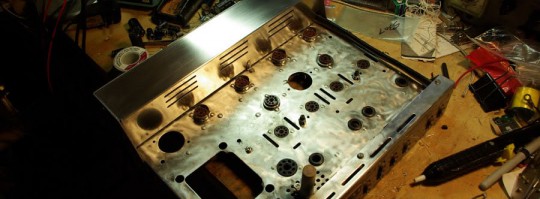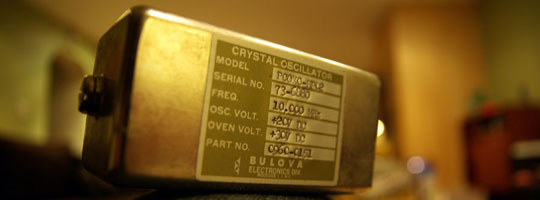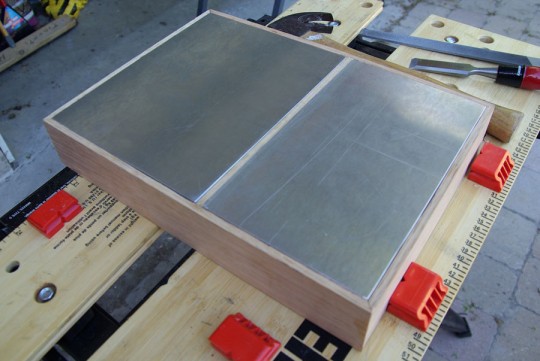After a whirlwind of activity, a lot of which I need to document here, I’m back online!
First of all, I wish you a Merry New Year and for those that took time off this season. Hopefully you’re back with renewed vigor to tackle that project you’ve had on your mind, or an old project that’s on your workbench.
Me? I couldn’t stop working away. Time off feels is nice; I put my toys aside while working on projects at work, and having time off gives me the time to work on my personal projects. I can only describe it as a runner’s high.





 About
About